Group leader: Marcin Pawłowski
The broad aim of the Quantum Cybersecurity and Communication Group is to develop quantum solutions for problems in communication and information security.
Activity
Specific goals include the development of:
– Quantum key distribution protocols with low hardware requirements.
– Quantum true random number generators.
– Existing and new quantum cryptographic primitives.
– Methods for secure communication and computation.
– Formal security proofs of quantum cryptographic protocols.
– Tools for cryptoanalysis.
– Commercialisation and industrial outreach.
Keywords: quantum cryptography, random number generation, cryptoanalysis, quantum communication, quantum key distribution, device-independent protocols.
Group members
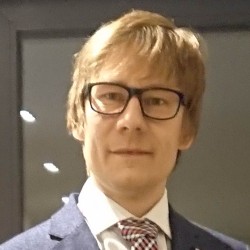
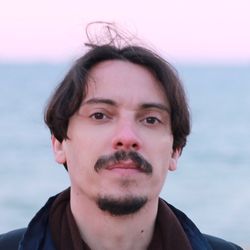

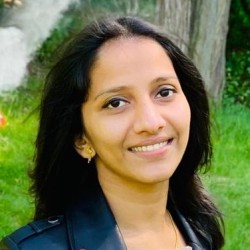
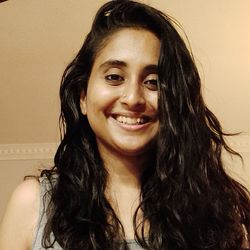

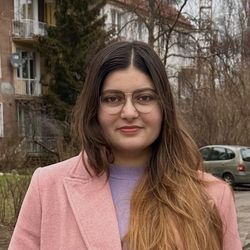


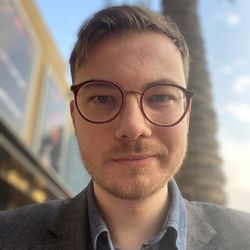

Former members
Ekta Panwar (PhD student in 2020-2024), Piotr Mironowicz (post-doc in 2022-2023), Giovanni Scala (post-doc in 2022-2023), Akshata Shenoy (post-doc in 2019-2023), Anubhav Chaturvedi (PhD student in 2018-2022, post-doc in 2022), Nicolai Miklin (post-doc in 2019-2021)